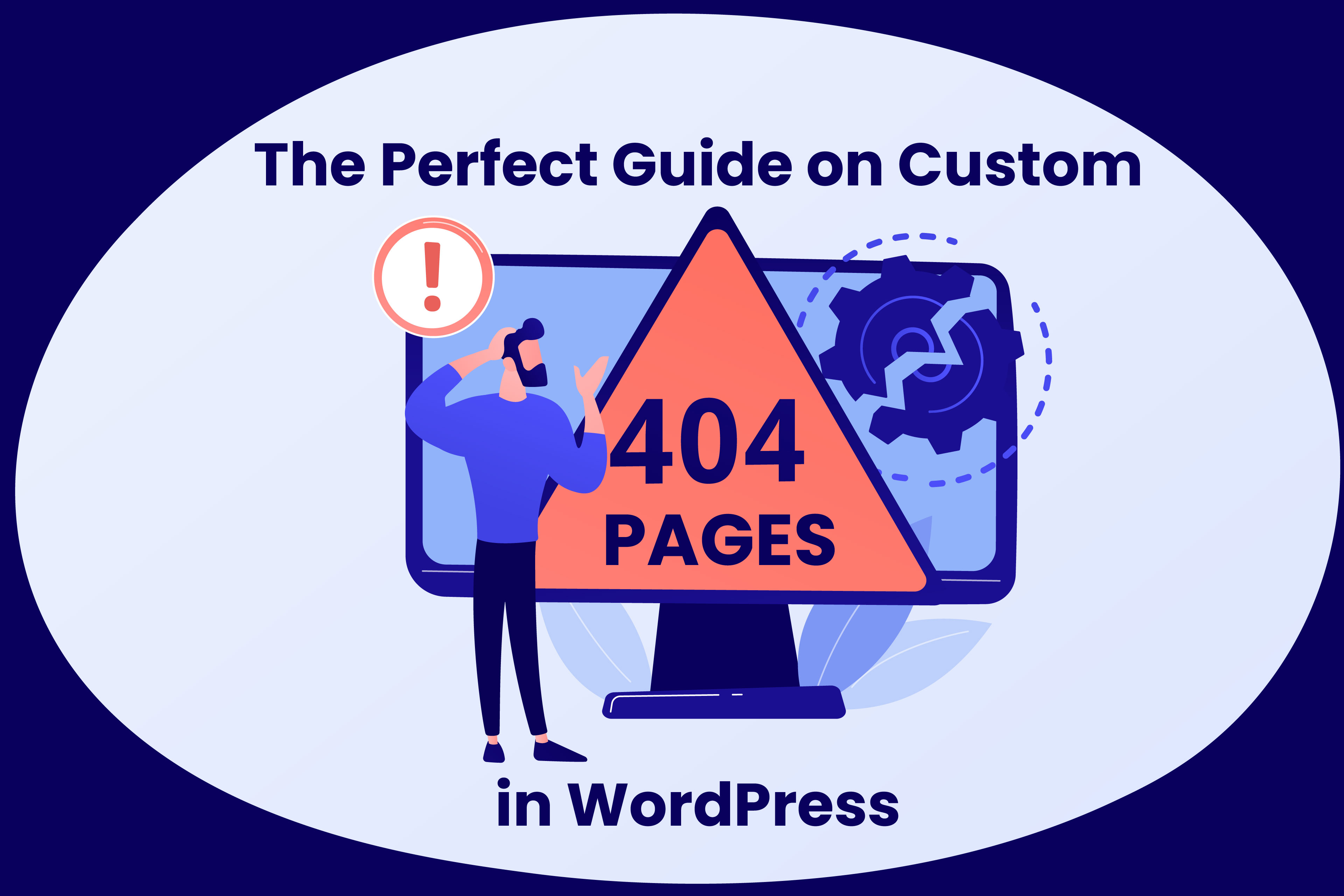WooCommerce and Shopify are two of the most highly sought and simple to use eCommerce platforms accessible in the market today. Both have many strengths and can be the ideal solution for you to develop an eCommerce store. The best part about it is that you can do all of that without any professional help.
Nonetheless, which one of them will fit your individual needs for building an awesome online store better: WooCommerce or Shopify? Which of them is more feature-rich? Which is better-looking? Which is cheaper? Which is more flexible? Which is simplest to work with?
We know the number of questions you have in your mind right now. But fret not because we all have the answers to that. After reading this guide, you’ll understand which eCommerce platform to pick based on your needs.
So, if you’re ready, let’s compare WooCommerce versus Shopify so you can make your final decision.
WooCommerce versus Shopify: Pros & Cons
Here are the pros and cons between the two eCommerce platforms:
| Pros | Cons | |
|---|---|---|
| WooCommerce | Great value for your money – The platform is free to install, plus the extensions are reasonably priced as well. That will help you add better functionality to your online store at a low cost Scalable – WooCommerce and its great flexibility enables you to accomplish your online store dreams Unlimited customization – You can use code to personalize your online store to your heart’s desire as the platform is an open-source one | Not ideal for beginners – You will have trouble creating your online store on WooCommerce unless you have some coding skills and experience |
| Shopify | 24/7 customer support – All your concerns will be resolved, as their customer team are available round the clock Multi-channel integration – You can sell on other channels such a eBay, Pinterest, Facebook, and Amazon as a built-in feature Hosted software – Shopify also includes security and hosting, not to mention you don’t need to utilize any code to create a great online store | Costly applications – It is simple to rack up a costly annual bill for your apps Transaction charges – It’s the only platform enforcing its transaction fee, unless its gateway, Shopify Payments |
Great value for your money – The platform is free to install, plus the extensions are reasonably priced as well. That will help you add better functionality to your online store at a low cost
Scalable – WooCommerce and its great flexibility enables you to accomplish your online store dreams
Unlimited customization – You can use code to personalize your online store to your heart’s desire as the platform is an open-source one
Not ideal for beginners – You will have trouble creating your online store on WooCommerce unless you have some coding skills and experience
24/7 customer support – All your concerns will be resolved, as their customer team are available round the clock
Multi-channel integration – You can sell on other channels such a eBay, Pinterest, Facebook, and Amazon as a built-in feature
Hosted software – Shopify also includes security and hosting, not to mention you don’t need to utilize any code to create a great online store
Costly applications – It is simple to rack up a costly annual bill for your apps
Transaction charges – It’s the only platform enforcing its transaction fee, unless its gateway, Shopify Payments
Ease of Use
Keep in mind that Shopify is designed to be a simple solution. The platform is designed so that users with limited eCommerce or technical experience can create, personalize, and launch a fully functioning online store.
The entire user journey is basic: you create your account, buy a domain name, and create the store itself. Shopify provides many themes to help you get started, and you can personalize the layout by using their drag-and-drop feature. Finally, you can make services or products and fill your inventory.
On the other hand, WooCommerce will not hold your hand the same way. In reality, it’s relatively simple to get up and to run. The point is that you will require a domain and either your hosting package on which you have installed WordPress or a hosted WordPress installation.
After you have a site up and running, beginning a store is as easy as installing their plugin. From there, WooCommerce is simple compared to Shopify, along with wizards to guide through the first setup and simple configuration options.
Apps
The idea of add-ons or apps is well-established by today. In most solutions, you get a program set up to offer you the minimum number of tools you need to get your online store going. You can work within these constraints and create a successful store if you prefer. However, you need apps to extend the platforms if you wish more control, insights, and features.
Shopify has a good set of apps you can utilize, from email marketing to advanced analytics. Some are free to use, but the best are paid services you sign up for for a monthly charge. Unfortunately, those are not cheap, and the price level is much different from what you see in the WordPress space.
Meanwhile, WooCommerce comes with many eCommerce tools built-in. Nonetheless, you can add particular features through add-ons. You will also find countless extensions for WooCommerce, in different sizes and shapes—designed by WooCommerce and third parties.
Overall, those add-ons are less expensive compared to their Shopify counterparts. Pricing is only different in the WordPress space.
Themes
Having a beautiful, functional look for your eCommerce store is essential. Just imagine if your website appears messy. Your potential customers might not trust it. Lucky for you, both eCommerce platforms come with plenty of options to get the design you wish for your products or services to stand out.
Shopify has at least eighty themes accessible in their Theme Store, both premium and free. Not too long ago, Shopify announced a completely redesigned theme architecture called Online Store 2.0. That makes it simpler to personalize themes as you can edit each section of your website and not only the homepage.
WooCommerce, meanwhile, benefits from having a big market designed around it. You will find approximately forty themes accessible in their official marketplace, but resellers like TemplateMonster and ThemeForest provide thousands of WooCommerce themes in different sizes and shapes.
Pricing
Take note that Shopify is a paid software and does not come with a free plan at all. You will find three plans to choose from, from $29 per month to $299 per month. The various plans come with various options as well.
For example, the basic plan does not come with internationalization and reports features. On the other hand, you will find Shopify Plus for enterprise-level businesses. Another pricing plan is the Shopify Lite that enables you to add products or services to an existing blog for a small charge.
Do you use WooCommerce Payments? Then you don’t need to pay a charge to handle credit cards, but you’ll find a regular charge of 2.9% plus $.030 per transaction. So you see, WooCommerce itself is free for you to install and use but will come with many added charges.
For example, you need to pay for hosting, themes, plugin, domain, development costs, and more. Of course, it is highly possible to keep it low budget and do most things yourself. But if you cannot, you should invest right away.
Performance
A fast website provides a great user experience, and a great user experience converts visitors into loyal customers. Therefore, you should concentrate on enhancing your online store’s performance as much as possible. But, again, WooCommerce and Shopify do that differently.
Shopify is a managed app. Thus, performance optimization is always in their hands. Unfortunately, there aren’t many things you can do to improve it, except for ensuring that all is set up correctly and that you limit app use, optimize your images, and have a well-built theme.
Fortunately, performance is one key point for their development team, and they are rolling out improvements all the time. Another great thing is that the site comes with a Cloudflare CDN or Fastly by default. You can always upgrade to the enterprise-level plan if you want more control over performance.
With WooCommerce, you can manage the performance in utmost detail. That’s amazing, but it is also a disadvantage as you are in charge of the performance. That indicates you need to pick where to host it and ensure all is set up accordingly.
You should choose a fast theme, arrange your plugins, get a CDN, optimize scripts, and more. That’s fantastic as you get to pick which knobs to turn. But, certainly, that’s a lot less beginner-friendly. Fortunately, with good WordPress Hosting, your WooCommerce shop will do well without finetuning many things.
Security
Of course, security is one of your vital concerns for your store. Because of their unique approaches, WooCommerce and Shopify aren’t the same about their security features. Shopify is an online-based service, so it regulates all it does. They handle your site’s security and hosting. Further, all the standard security aspects are accessible immediately.
Things are very much different with WooCommerce. Their software is extremely secure, but you need to handle it on your own. You install it on the server you like to maintain; you are in charge of obtaining an SSL certificate, keep the software up-to-date, and many more.
Indeed, you will find many services and tools that could help you secure your online store professionally. None of that is challenging, but it’s something you need to keep in mind.
Conclusion: Which is the Winner?
To make it short, both WooCommerce and Shopify are strong platforms for developing an eCommerce store. However, for sellers looking for the most budget-friendly option to offer an excellent shopping experience, WooCommerce is the obvious winner.
On top of that, WooCommerce is a plugin for WordPress—the platform that runs nearly a third of all sites. WordPress is also sought for its built-in log, ease of use, search engine success rate, customizable website design, and more. So you see, the power of WordPress is unmatched, and WooCommerce is the perfect way for online sellers to harness it.
We hope you find this article informative and educational at the same time. For all your WooCommerce needs, call our team at WebDigital today.





















